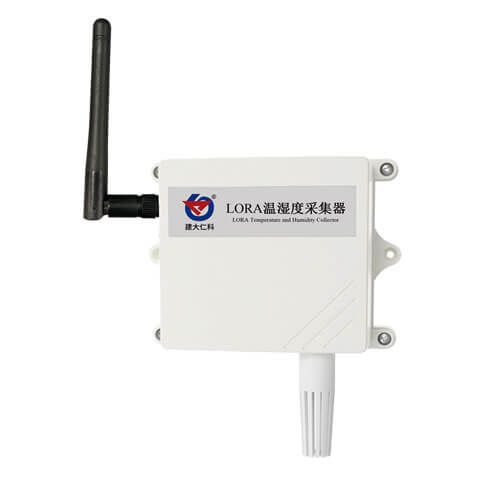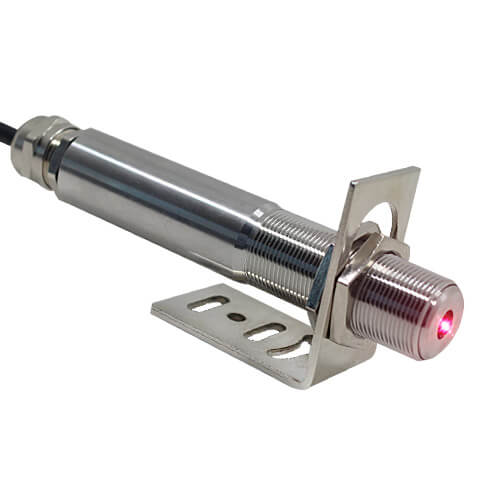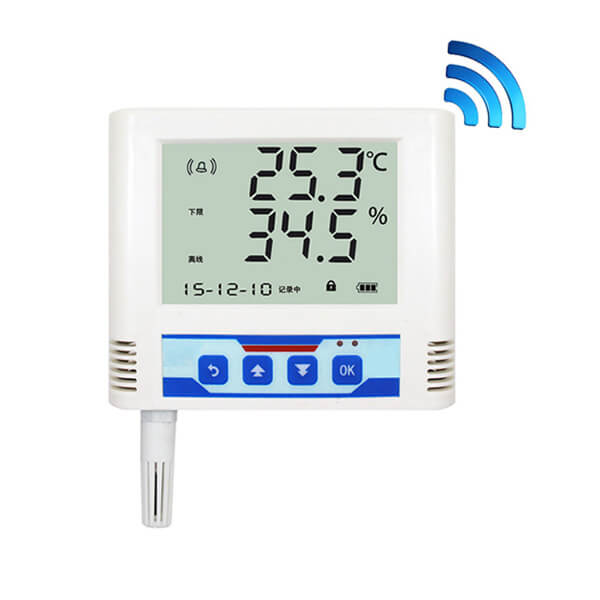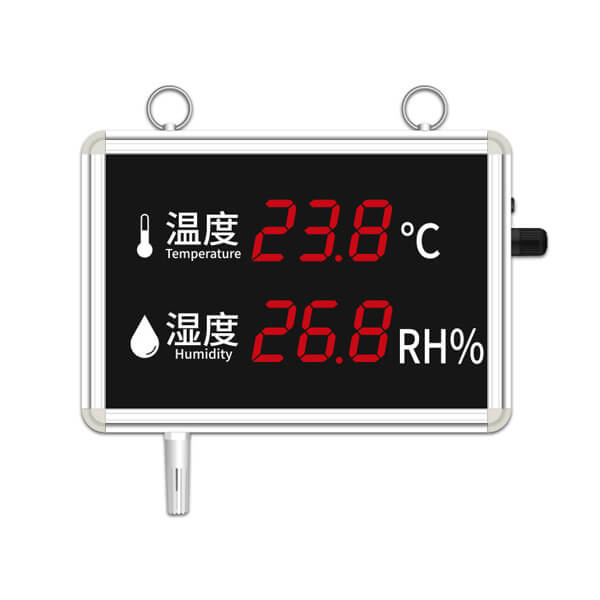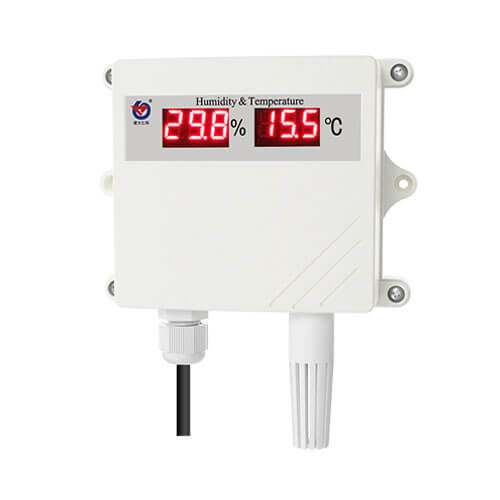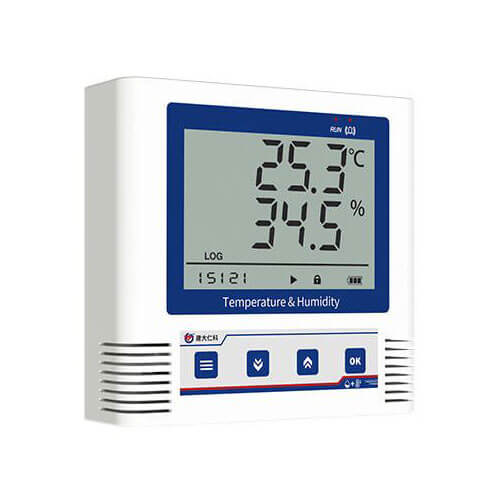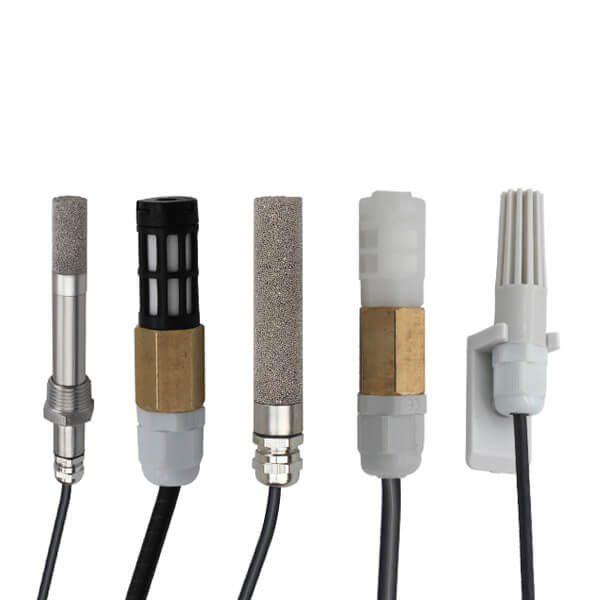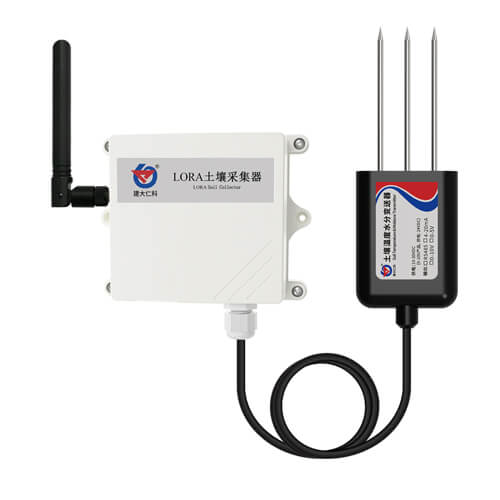Table of Contents In your daily life and work, have you ever felt troubled by unsuitable temperature or humidity levels? Whether you’re an engineer managing
LoRa Temperature Sensor
RS-WS-LORA-2-*-EX is a low-power LORA temperature and humidity sensor. It adopts the company’s unique LORA wireless communication protocol, which avoids the signal interference between measurement points during the transmission process, and also solves the problem of low signal penetration. The battery of the Lora temperature sensor is replaceable (universal 3.6V lithium sub-battery). The shell adopts IP65 protection grade, which can meet the outdoor use.
- Model: RS-WS-LORA-2-*-EX
- MOQ: 1 PCS
- Delivery date: within 24 hours
- Price: USD 71.3
View - LoRa Temperature Sensor
The LoRa temperature and humidity sensor has a built-in high-precision temperature and humidity measurement unit, which is sensitive in response. The overall appearance adopts a closed design with high protection level, which can be used outdoors for a long time. Using LoRa spread spectrum communication technology, the transmission distance is long, up to a line-of-sight of 3000 meters. LoRa temperature sensors are installed at multiple remote measuring points, the temperature and humidity values of different measuring points are collected through the LoRa gateway, and the values are uploaded to the cloud platform for data processing. In the project implementation, a large number of line laying and power supply line installation problems are avoided, and users can also easily adjust the installation position according to the actual use situation on site.
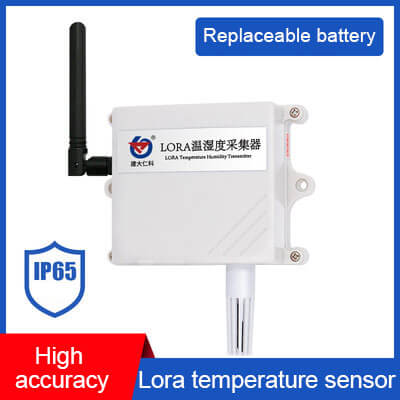
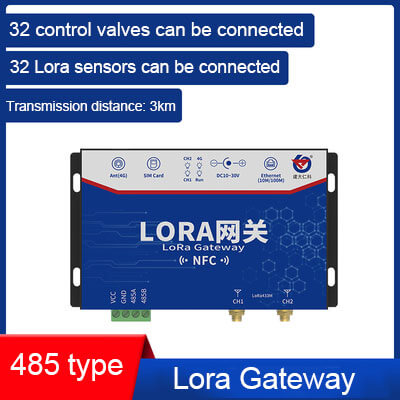
Applications
- Wireless Alarm and Security System
- Home and Building Automation
- Industrial monitoring
- Remote irrigation systems, etc.
- Smart Agriculture
- Weather station
Applications
| Power supply | built-in battery (3.6V lithium-ion battery) | |
|---|---|---|
| Battery life | with the battery provided by our company, data can be uploaded once every 5 minutes for 3 years(default configuration) | |
| Measuring range | -40℃~+80℃, 0~100%RH | |
| Accuracy | Temperature | ±0.5℃ (25℃) |
| Humidity | ±3%RH (60%RH, 25℃) | |
| Circuit working environment | -40℃~+60℃, 0%RH~80%RH | |
| Long-term stability | Temperature | ≤0.1℃/y |
| Humidity | ≤1%RH/y | |
| Response time | Temperature | ≤25s (1m/s wind speed²) |
| Humidity | ≤8s (1m/s wind speed²) | |
| Output signal | LoRa wireless signal | |
| Transmission distance | Indoor | Can penetrate 3-4 concrete walls |
| Outdoor | Line of sight 3000m | |
Advantages
There is a problem of laying wires during the installation of ordinary wired temperature and humidity monitoring systems. After long-term use, problems such as line aging and weak signal transmission may occur. When these problems occur, professional maintenance personnel are required to troubleshoot the problem, and the maintenance process is time-consuming and labor-intensive. In addition, the signal transmission distance of the wired temperature and humidity sensor cannot be too far, and the longer the distance, the weaker the signal. It cannot meet the needs of some long-distance environmental monitoring. The signal transmission of LoRa temperature sensor is not limited by distance, and the installation is simple.
Install - LoRa Temperature Sensor
It is recommended to install the LoRa temperature and humidity sensor in a high and open area, preferably at least 1 meter above the ground. Avoid placing excessive metal objects around the sensor, as they may block or weaken the wireless signal. Devices such as generators, high-current equipment, high-voltage relays, and transformers can generate electromagnetic interference, so the installation location should be kept away from such equipment.
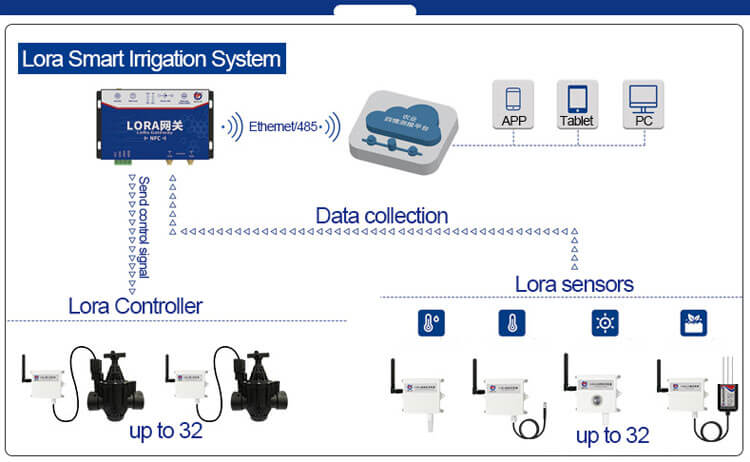
- Additionally, vibration or impact may also cause signal interference. Therefore, surrounding equipment should be installed in a way that minimizes noise and mechanical disturbance.
- Please do not install the lora temperature sensor in an environment beyond the measurement range, otherwise the sensor will not work properly and cause permanent damage to the sensor.
- Please do not tear off the label on the lora temperature sensor housing, which has important information such as the ID of the product.
FAQs - LoRa Temperature Sensor
What is the features of Renke LoRa temperature and humidity sensor?
- High-precision temperature and humidity collection.
- Adopting LoRa spread spectrum communication technology, it has long transmission distance, strong anti-interference ability and low power consumption.
- The communication distance can reach up to 3000 meters of line of sight.
- The battery is replaceable. Universal 3.6V lithium sub-battery.
- After connecting to the LORA gateway, you can remotely monitor real-time data through the free platform provided by our company.
- It can monitor its own power, signal and real-time data in real time and upload them through LoRa wireless communication.
- IP65 protection level, can be used outdoors.
What is a LoRa temperature sensor?
A LoRa temperature sensor is a wireless device that uses LoRa (Long Range) technology to transmit temperature data over long distances with low power consumption.
How does a LoRa temperature sensor work?
It collects temperature data via a built-in sensor and transmits the data to a LoRa gateway, which then forwards it to a server or cloud platform.
What are the benefits of using LoRa for temperature monitoring?
LoRa offers ultra-low power consumption, long transmission range (up to 3000m), low cost, and is ideal for remote or hard-to-reach locations.
How long does the battery of a LoRa temperature sensor last?
Battery life typically ranges from 3 to 5years, depending on the reporting interval, signal strength, and battery capacity.
What is the difference between LoRa and LoRaWAN?
LoRa is the physical layer (radio modulation), while LoRaWAN is the network protocol that manages communication between devices and gateways.
Can LoRa sensors work without the internet?
Yes, LoRa sensors can communicate with local gateways without the internet, but cloud-based data access requires internet connectivity.
How do I set up a LoRa temperature sensor?
You need a LoRa temperature sensor, a compatible LoRa gateway, and a network server or platform to receive and visualize data. Follow the device’s pairing and configuration instructions.
What's in the packing list?
- LoRa temperature and humidity sensor*1
- Certificate of conformity, warranty card, calibration report, etc.
- Expansion plug*2
- Self-tapping screws*2
- Li-ion battery*1
Where can I download the LoRa temperature sensor manual?
Please contact us by email or leave a message on the website to obtain the manual.
Related Blogs
Table of Contents With the development of technology, the Internet of Things (IoT) has become an indispensable part. It connects a variety of devices and
The commonly used communication method for data acquisition and control is RS485. RS485 is a general communication standard. It can not only link devices to
With the development of Internet of Things technology, sensors and wireless transmission technology are widely used in smart agriculture. Smart agriculture is based on traditional
The main purpose of environmental monitoring is to provide data on environmental quality and changing trends to ensure the safety of public life and property.
What is a temperature probe? A temperature probe is a sensor that senses temperature and converts it into a usable output signal. Temperature probes are
Temperature and humidity monitoring are the two most important elements of indoor environmental monitoring. A suitable temperature and humidity environment can not only make your
A greenhouse is a closed environment that provides optimal conditions for plant growth and promotes plant growth by controlling indoor and outdoor environments. A complete
When you are on a business trip or out of town, the ability to monitor the temperature and humidity of your home, warehouse, or cold
Table of Contents What is IoT? IoT is the “Internet of things“. It is an extended and expanded network based on the Internet. It combines
Table of Contents What is an anemometer? An anemometer is an instrument that measures the velocity of air, sometimes called a wind sensor. The earliest

